Continue your nature discovery!
Some of the information shared during the Woodland Walk about the local ecology of Pease Park can be found here. Other great resources for learning about native plants and trees in the Central Texas area are:
The Lady Bird Johnson Wildflower Center: Visit the arboretum and plant database
Texas A&M University Press: Guide to plants and natural history
Native Plant Society of Texas: Austin Chapter: Attend a meeting of the local chapter and find out about local plant walks and education
Wild Basin Creative Research Center: Offers tours and programs about the
Edwards Plateau (Texas Hill Country)
Westcave Outdoor Discovery Center: Offers tours and programs just a few miles
west of Austin
Trees & Shrubs Found in Pease Park
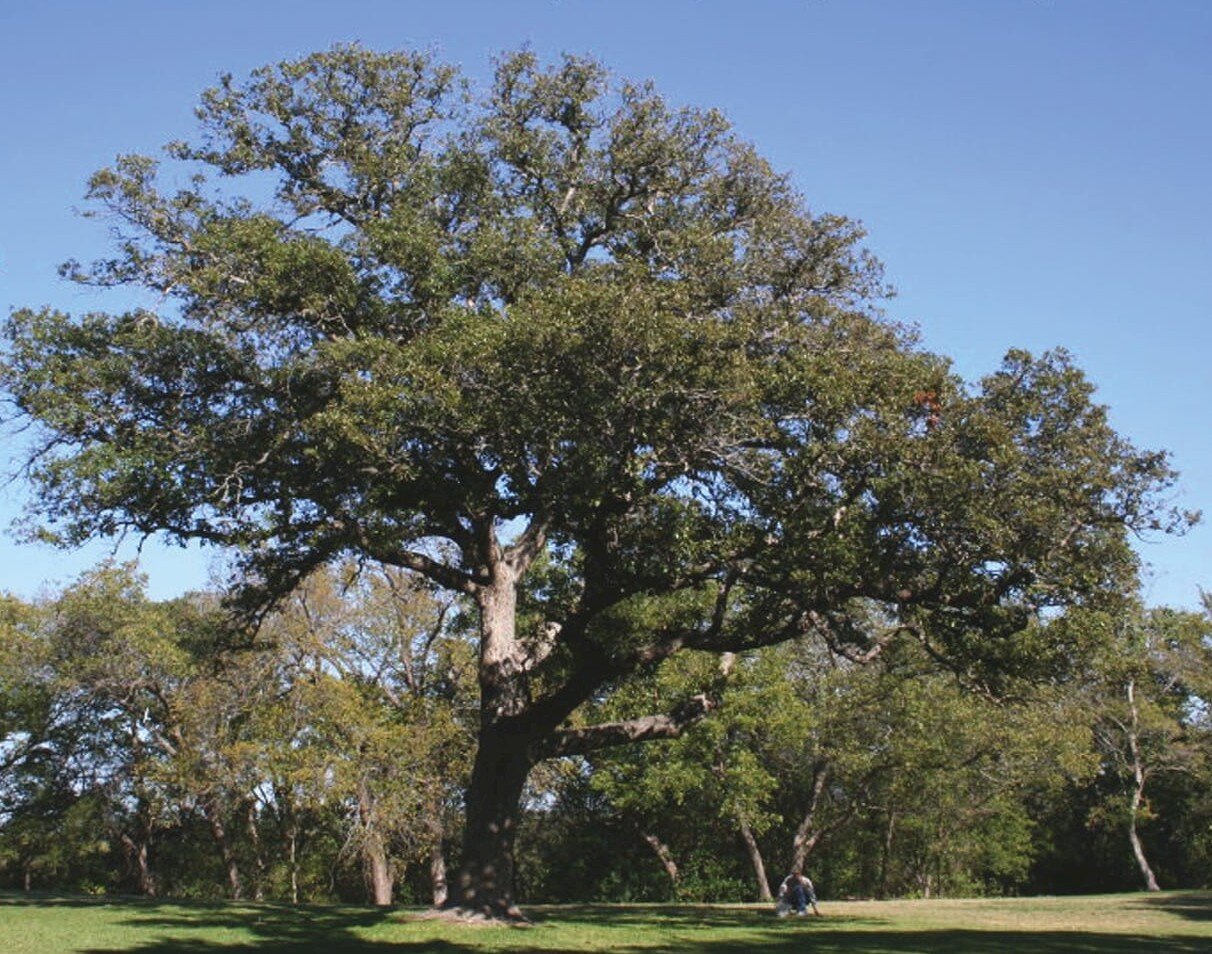
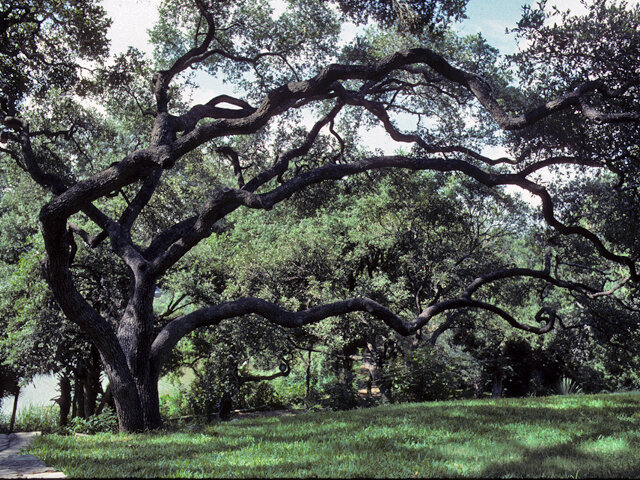
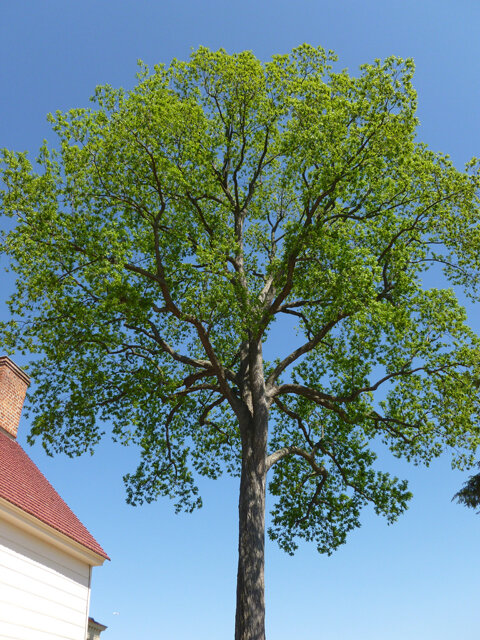
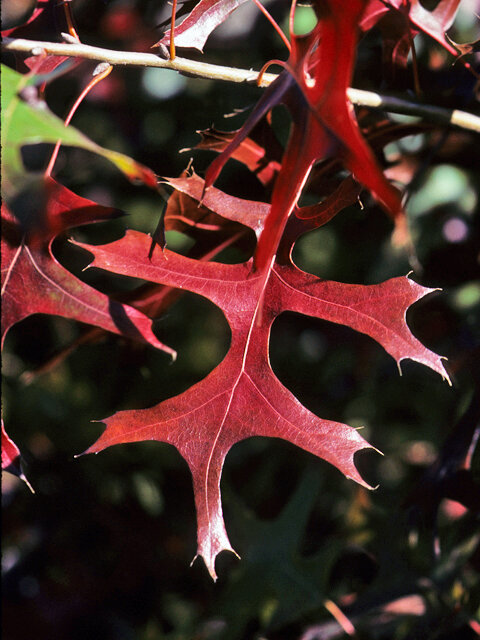

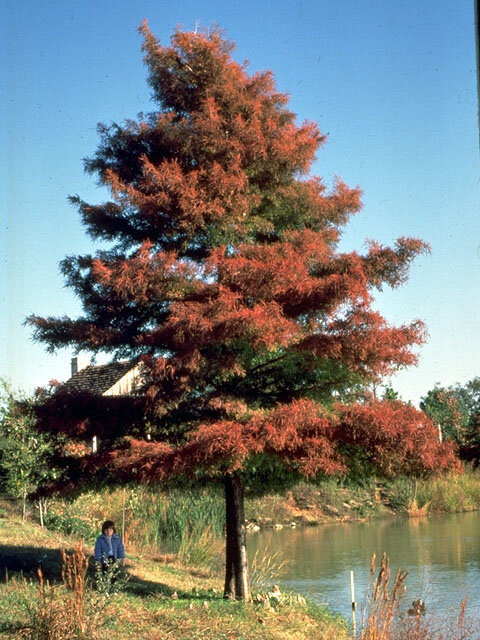
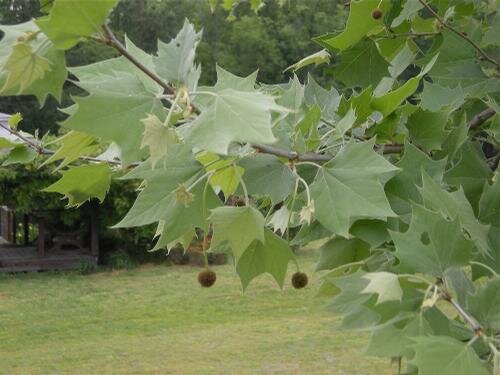
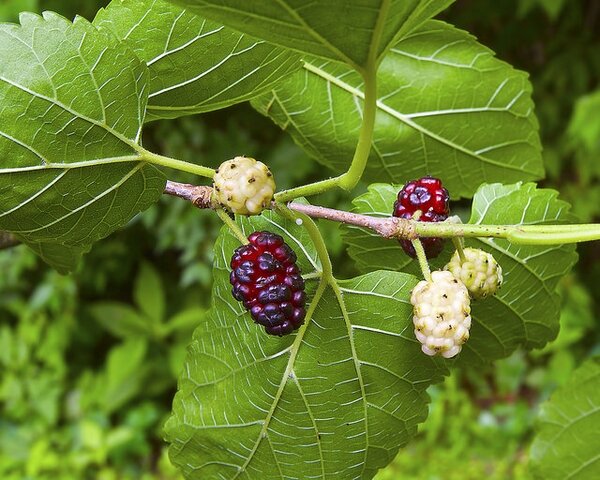
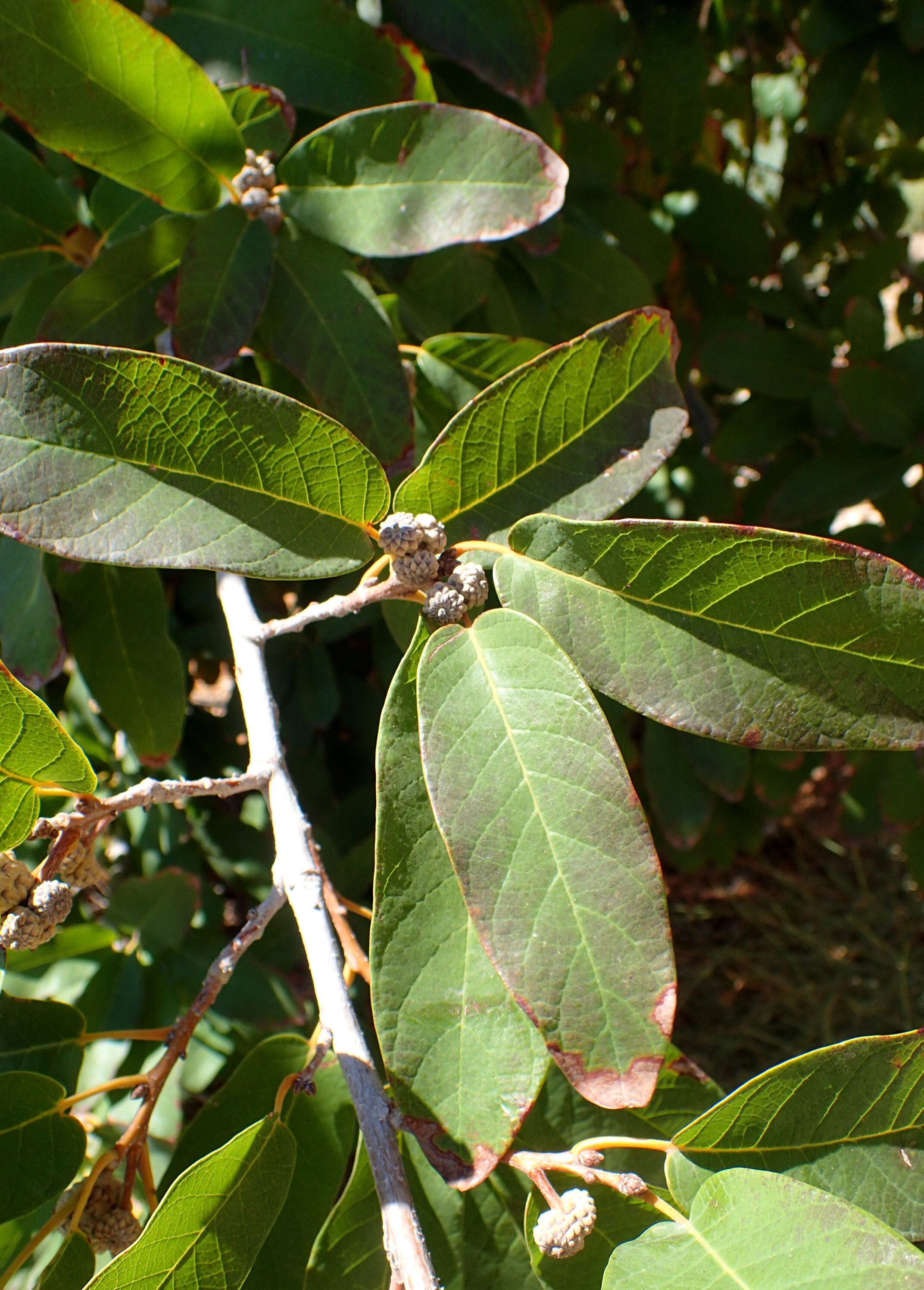
Photos by the Lady Bird Johnson Wildflower Center & trees and shrubs online
Geology Map of Texas
The Role Geology and Soils Play in Determining Landscapes
Three main vegetational zones converge in Travis County. The Balcones Fault (also called Balcones Escarpment) is the major delineation of these zones. In Pease Park we see a fragment of the fault line along Shoal Creek marking the eastern edge of the Texas Hill Country from the flatlands of the Coastal Prairie.
The woodlands of Pease Park represent a remnant of the dense woodlands that once existed along the rocky canyons and waterways formed by the Balcones fault.
Pease Plant Highlights
yaupon holly
Ilex vomitoria
Wild Petunia
Ruellia nudiflora
horseherb
Calyptocarpus vialis
frostweed
Verbesina virginica
Mexican hat
Ratibida columnifera
Japanese honeysuckle*
Lonicera japonica
*Non-native
silverleaf nightshade
Solanum elaeagnifolium
peppervine
Ampelopsis arborea
redtip photinia*
Photinia X Fraseri
*Non-native
Texas Lantana
Lantana horrida












